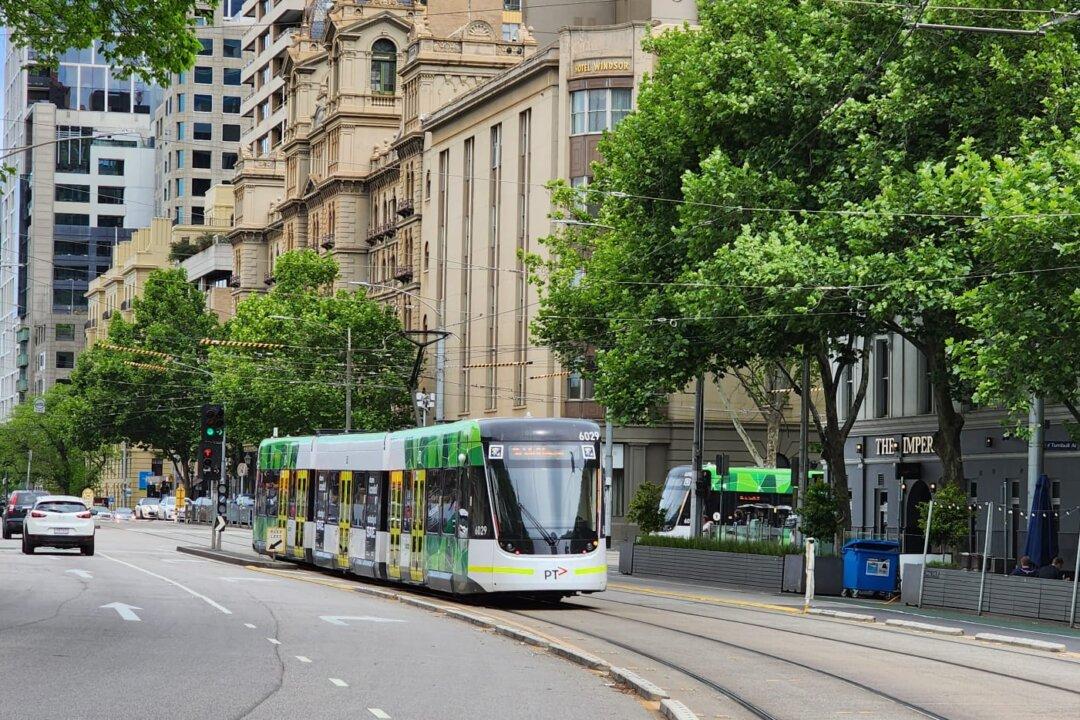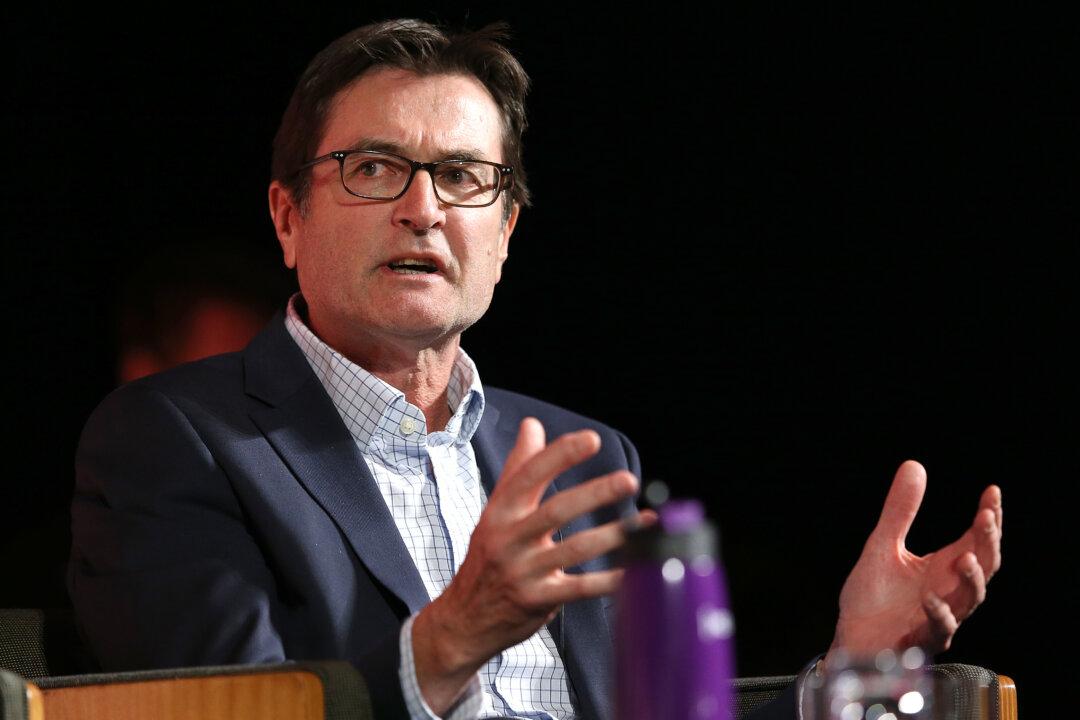The Albanese Labor government’s energy plan will likely leave a significant mark on Australia’s economic future.
Resources Minister Madeleine King discussed her government’s intention to implement the Future Gas Strategy, an initiative designed to curtail the natural gas industry’s contribution to national emissions.





